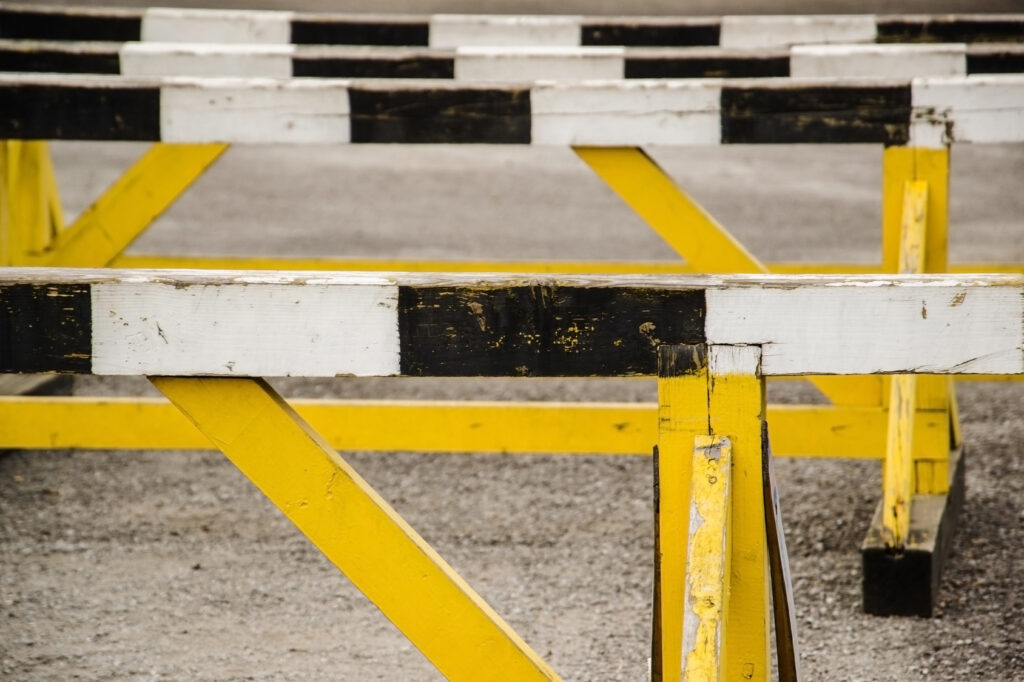CI as a target for cyber attacks (continued from the blog post of October 8th, 2018)
The German Federal Office for Information Security (BSI) issued a warning in mid-June that German utilities could be a target for large-scale cyber attack campaigns. Although no information is currently available on hackers having succeeded in gaining access, the BSI reports that it is nevertheless intensively investigating a number of suspicious cases and therefore advises taking suitable precautions (source: https://www.bsi.bund.de/DE/Presse/Pressemitteilungen/Presse2018/Cyber_Angriffe_auf_deutsche_Energieversorger_13062018.html). A successful cyber attack on systems that control physical and technical processes could well have a disruptive effect on the entire plant. The resulting downtime would have disastrous economic consequences. And cyber attacks which target safety facilities or procedures directly could potentially cause environmental damage or put human lives at risk. What particularly sticks in the mind are high-profile attacks like the ones on the Ukrainian power grid in 2015 and 2016 or malware infections like DragonFly and Stuxnet.
Unfortunately, these are real threats
This all goes to show that such threats are no longer just theoretically possible but unfortunately already a reality. Cybercriminals are actively attempting to get a foothold and “crack” these sensitive networks. Black hat activists and state sponsored hackers use freely accessible data and information to form as precise a picture as possible about how the intended target works from a technical perspective. Using this information, they then initiate a tailored attack with the goal of manipulating or destroying physical systems. A Triconex Safety Instrumented System (SIS) was the target of one recent malware campaign. The aim of this attack was to cause disruption to the physical infrastructure by interacting with the SIS. (Link to blog post: https://www.yokogawa.com/eu/blog/chemical-pharma/en/cyber-attack-on-security-system-triton-malware/)
Ingenious plant security solutions
Many operators of critical infrastructures have already recognized that plant security measures are unable to keep pace with the rapid advance of digitalization and connectivity. Security is an ongoing challenge, and all-round protection to safeguard system stability and integrity calls for a holistic concept. Following a comprehensive analysis of the network architecture – ideally an assessment based on an asset inventory – customized solutions are developed to protect assets and their sensitive infrastructures throughout a (hopefully) long lifecycle.
Lifecycle – plant availability
There are various steps you can take to increase the chances of a long lifecycle: in the same way as you pay a visit to your doctor for a routine checkup, and if necessary take proactive or preventive measures to preserve or possibly restore your state of health, you should also keep a close watch on the “state of health” of your assets. Yokogawa can help you identify your plant safety and security status, and take any action that is required to ensure permanent availability.
In short, just like the human organism needs a healthy immune system, your plant needs a suitable safety and security concept.
As operational technology (OT) specialists, we at Yokogawa pursue a defense-in-depth strategy. We not only comply with international industrial standards for OT (Functional Safety IEC 61511 plus Cyber Security ISA/IEC 62443) and Information Technology (IT) ISO 27001 as well as with the relevant Namur & BSI recommendations; we also meet your specific industry needs for an appropriate safety and security level. (Click here to watch an interview on this subject with Chee Hoe Lee, Yokogawa Electric Int. Global Cyber Security Evangelist, Security Consultant for Europe)
Where should I start?
You’re probably now asking where is the best place to start. Please don’t hesitate to contact us: we’d be delighted to develop a made-to-measure 360° plant security concept for you featuring state-of-the-art technologies in line with international industrial standards. And help you profit from the wealth of opportunities arising from the digital transformation.
Click here to read Part 1 of this blog post!




